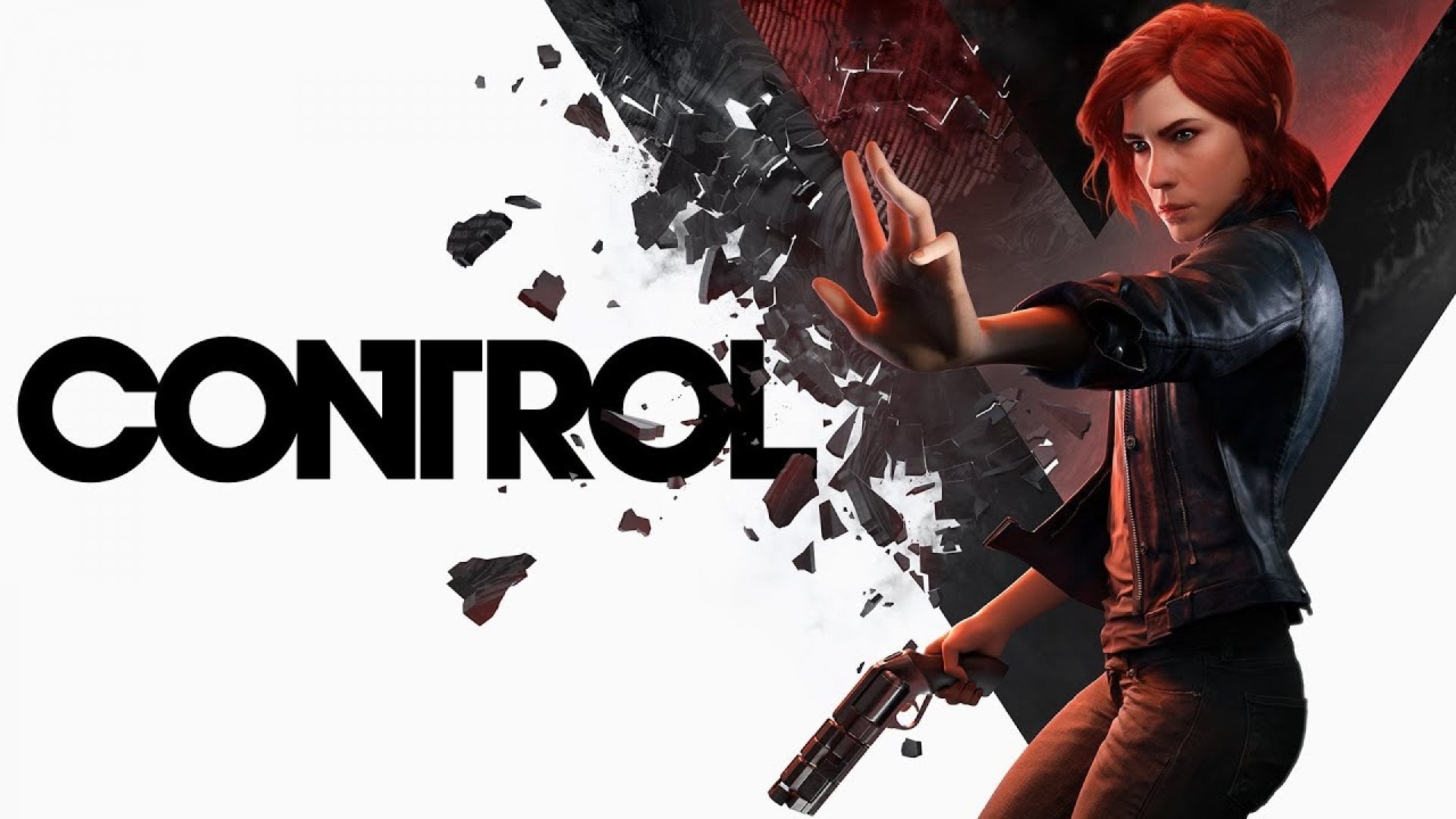
Monster Mania: Alan Wake 2’s Redefined Approach to the Taken
Monster Mania is a weekly column celebrating the unique and varied monster designs in horror gaming.
No one makes games quite like Remedy Entertainment. Remedy’s games have always been steeped in the weird or the surreal to varying degrees. Looking back at the studio’s first acclaimed hits, Max Payne 1 & 2, the studio has had a knack for sidestepping genre trappings. On paper, Payne’s slo-mo diving noir saga was straightforward enough. In practice, however, both games delved into Max’s traumatic psyche in nightmarish ways, which were consistently unsettling, however fleeting these moments were. However, these brief allusions of horror would serve as a creative warmup for Remedy’s first horror-focused game, Alan Wake.
Alan Wake was Remedy stretching their narrative chops to a degree they never had before, channeling the horror superstar fandom of Stephen King blended with the peculiar surrealism of David Lynch’s Twin Peaks. And folks, they nailed it. Alan Wake straddled the line between pulp and Twilight Zone with a dash of the bizarre for good measure, a tone that would be the primer for the next decade-plus of Remedy’s games.

Maybe not CrossfireX, but you know what I am getting at. Alan Wake, Alan Wake’s American Nightmare, Quantum Break, and Control were all worthwhile stepping stones to perfect and expand on that unique tone, eventually delivering us Alan Wake II after a 13-year excruciating wait. And now that the game is finally here, it also happens to rectify my biggest gripe with the original Alan Wake, which, if I’m being honest, was not always satisfying to play.
Alan Wake 2, being redesigned as a survival horror, is arguably responsible for most of its successes. The slower, more methodical pacing rectified my ever-lasting gripe with the original: its tiresome combat. The more action-oriented nature of the original resulted in what felt like a continuous ten-hour loop of being ambushed by the same half dozen Taken, who I would proceed to run and lunge circles around while lackadaisically aiming my flashlight and blasting away with my six-shooter.

Gameplay was functional, but it wasn’t exactly what I’d call; “A fun time,” and certainly not a highlight of the experience for me. Alan Wake 2, however, completely abandons this action-oriented approach and reassesses its combat, pacing, and, most importantly, monsters. While the Taken (beings possessed by darkness) and now the Cult of the Tree cultists still require the original’s one-two-punch of a flashlight charge and a firearm to the face to kill, how the player encounters them is slightly different.
Firstly, there are two tiers of Taken: Environmental blockers and traditional enemies. Large groups of shadowy Taken figures litter the streets and subways of the dark place’s version of New York City that Alan finds himself trapped in. These Taken murmur and taunt with protagonist-specific tidbits while attempting to block the player’s ability to traverse parts of the environment. While these Taken are dispatched by aiming the flashlight in their direction, they also serve as cover for sneak attacks. Typically, when the player shines a light at a mob of Taken, two or three will remain and come out swinging.

While the primary strategy of ambushes returns from Alan Wake, in the sequel, these ambushes are consistently more surprising when they occur, given the size of the group Taken are often hiding amongst. Adding additional tension to combat is the Taken’s toughness this time around. Unlike in the original game, headshots are king, which compliments the survival horror structure of bullet counting and utilizing the right weapons for the job given these stronger enemies. With the exception of one newcomer and a few bosses, Alan Wake 2’s Taken aren’t drastically different from Alan Wake’s. There are standard pipe-wielding Taken, large brute Taken, often wielding a massive tree branch or hammer, and evasive, blade-throwing Taken. It’s pretty standard stuff for Alan Wake, but I appreciate the variety of enemy models this time, given the various Taken and Cult of the Tree enemy models, which provide some variety between Alan and Saga’s campaigns. However, the most chilling new addition to the Taken’s rogue gallery roster is the Taken Diver. This monster is the torso of a woman mirrored at the waste, meaning that the Taken Diver walks on another set of hands and tentacles instead of legs. And when it isn’t menacingly crawling towards the player, the Taken Diver will turn into a poltergeist, invisibly floating throughout an environment and lobbing debris at the player. It is a body horror nightmare that distinguishes itself from the somewhat expected monster design in the rest of the game.
While I would have loved more varied monster designs as disturbing as the Taken Diver or Cynthia Weaver, I get why there aren’t more. Alan Wake 2 set out to redefine the Alan Wake experience by further refining its singular narrative style while revamping its gameplay to match that equally systematic approach to storytelling. To allow the game to become a monster mash of sorts would detract from the ethos of its narrative and the indiscriminate corrupting nature of darkness. I’m just thankful that Remedy delivered a sequel that is just as satisfying to play as it is in trying to decipher its mind-bending story.
For more horror game reviews, opinions, and features, check out DreadXP.



